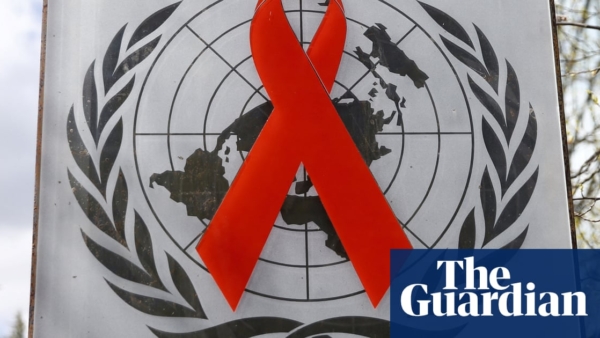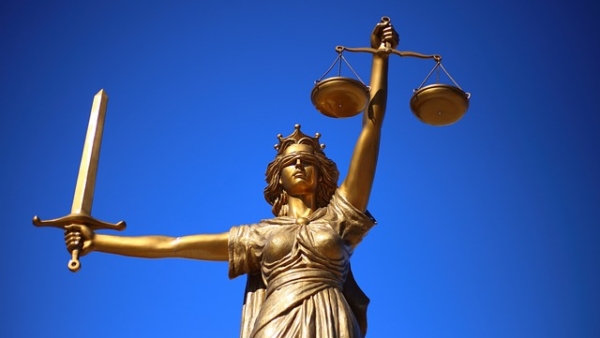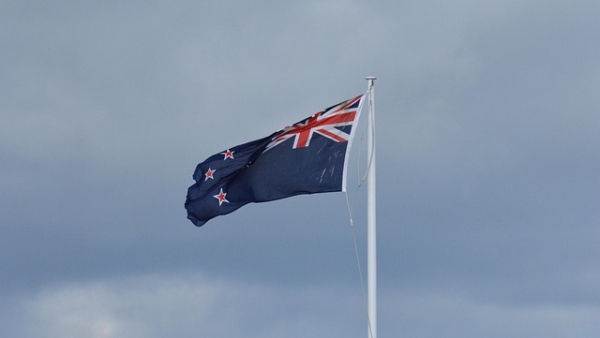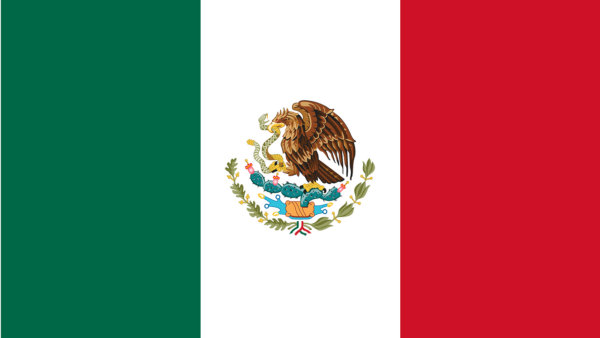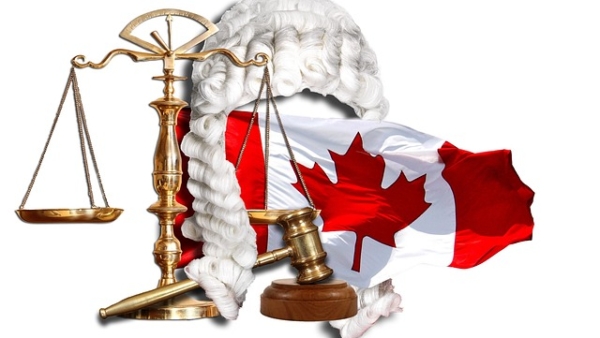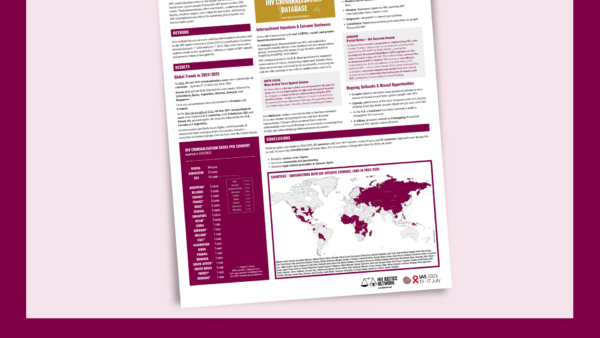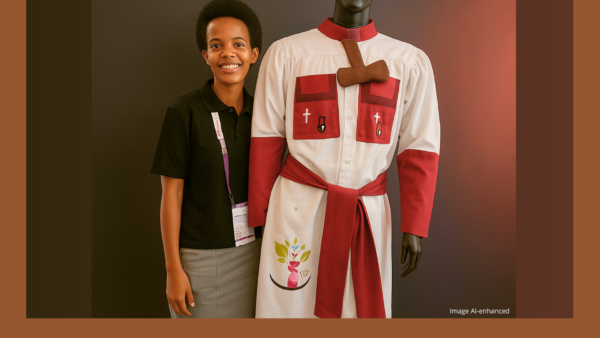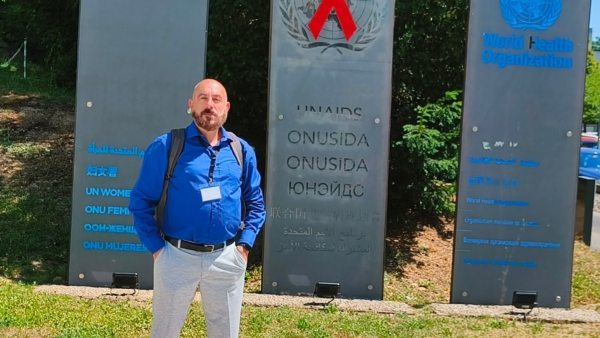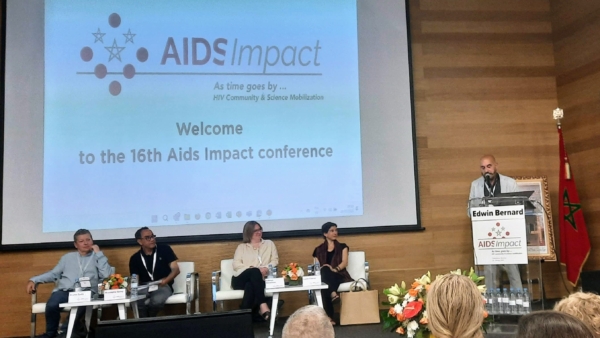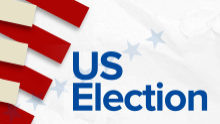
By Karen Ocamb
The history books will record that the 2016 presidential race produced the first woman and the first Reality TV star as nominees from the two major political parties. But while the world stares agog at the American political process following the Republican and Democratic conventions last month, a critical national issue is being depressingly overlooked—the dire impact of HIV on young gay and bisexual men of color.
In keeping with the spirit of her meeting with HIV/AIDS activists last May, Hillary Clinton’s campaign included Georgia HIV/AIDS activist Daniel Driffin on the roster of speakers at the DNC convention on Wednesday, July 27.
“Together with more than 1 million Americans, I’m living with HIV,” said Driffin, 30, the first HIV-positive speaker at the DNC since 2004. “Who is most at risk? Young, gay black men. Men like me. In fact, one in two black gay men will be diagnosed in their lifetime if the current rates continue. And if we had enough data, I’m sure black transgender women are more at risk, too.”
Stop. Think about that: “one in two black gay men will be diagnosed in their lifetime if the current rates continue.” Driffin did not speak in primetime so it is unclear how many were moved by his words.
But his was not a slap-dash rhetorical comment crafted for effect. These are statistics from the Centers for Disease Control. Last February, the CDC reported: “If current HIV diagnoses rates persist, about 1 in 2 black men who have sex with men (MSM) and 1 in 4 Latino MSM in the United States will be diagnosed with HIV during their lifetime.”
In fact, evidence presented at the 2016 International AIDS Conference in Durban, South Africa July 18-22 (during the Republican Convention) suggests that HIV is becoming a young person’s disease—worldwide.
“While all other demographics are in decline, more and more young people are being diagnosed with the disease. Globally, 11.8 million people ages 15-24 are currently living with HIV/AIDS, with this demographic also accounting for more than half of new infections. In the U.S., young Black, gay and bisexual men make up the largest population of people who are infected, and young women of color bear the largest burden of the disease among women in the U.S. Globally, adolescent and young women are fast becoming the most at risk: in Sub Saharan Africa, women ages 15 to 19 make up two thirds of the population of infected adolescents,” reports Kali Villarosa for The Black AIDS Institute.http://www.aids2016.org
Stigma is the key to the ongoing infections.
“Even among young gay and bisexual men, who initially bore the brunt of the disease and its associated deaths, discussion remains unsophisticated and un-textured. My friend Wen, an openly gay 20-year-old from Brooklyn, told me: ‘The disease is seen as a joke, but those diagnosed are shamed. There still remains a lot of stigma around the disease and people are scared to get tested,’” Villarosa wrote.
“But this stigma often perpetuates the risk of these already vulnerable communities,” she continued. “A study of over 15,000 high school boys released [at the IAC] by the Centers for Disease Control and Prevention earlier this week found that gay and bisexual teen males were no more likely than their straight peers to engage in risky sexual behavior, but still had a higher chance of contracting HIV. It was actually homophobia, bullying and violence that spread the disease—not promiscuity, alcohol and drugs and avoiding condom use.”
That CDC report also reveal what many suspected but could not verify—the invisible gay/bi drug crisis and its connection to HIV infection. “Overall, MSM – including those who inject drugs – account for 60 percent of the 1.2 million people living with HIV in the United States. In 2014, 13- to 24-year-olds accounted for more than one in five (22 percent) HIV diagnoses. Among the 13- to 24-year-olds diagnosed with HIV in 2014, 80 percent were gay and bisexual males.”
Gasps, anyone?
Having a long history of involvement with both young people and the AIDS crisis— including losing friends to AIDS such as Los Angeles-based Bob Hattoy who spoke at Bill Clinton’s nominating convention in 1992—Hillary Clinton may be starting to feel like an AIDS Movement mother herself after hearing Driffin and learning of the new International AIDS statistics.
Clinton’s Republican opponent Donald Trump, meanwhile, had an early history with AIDS, attending fundraisers thrown by his beloved socialite sister-in-law Blaine Trump, actively on the board of New York City’s “God’s Love We Deliver.” It is unknown if Donald Trump ever actually gave money or only showed up for appearances. He has not, however, offered any plans for ending the HIV/AIDS epidemic during his presidential campaign nor does he announce a position on his website.
Clinton, however, has a detailed AIDS platform on her website and added to her “comprehensive agenda” in a post-convention press release. She committed to:
• Convene an “End the Epidemic” working group to adopt aggressive and attainable timelines for ending AIDS as an epidemic in the United States and globally. Clinton’s Office of National HIV/AIDS Policy will immediately begin to engage a wide range of experts, advocates, and stakeholders to adopt timelines for ending AIDS as an epidemic in the United States and globally.
• Work to fully implement and strengthen the National HIV/AIDS Strategy to meet these timelines. Clinton’s Office of National HIV/AIDS Policy will work to fully implement the National HIV/AIDS Strategy, and strengthen it to align with the timelines developed for ending AIDS as an epidemic. Particular emphasis will be placed on expanding evidenced-based prevention, treatment, and community outreach initiatives for at-risk groups, including black men who have sex with men (MSM), transgender individuals, African American women, and injection drug users. She will also account for regional variations, like the particular needs of the southeast corridor of the United States.
• Launch a campaign to end the stigma and discrimination associated with HIV and AIDS. Nearly 40 years have passed since the HIV/AIDS crisis first began, and yet even with everything we have learned, intolerance and stigma still exist. This stigma manifests itself in our criminal laws, and also serves as a barrier to effective prevention and treatment. That’s why, as president, Clinton will launch a campaign to end stigma associated with HIV/AIDS. She will work to reform outdated HIV criminalization laws, aggressively enforce the Americans with Disabilities Act, and partner with advocacy groups and community organizations to conduct public education.
Indeed, stigma is like a boulder dropped in the middle of a lake—the ripple effects are large and possibly dangerous, especially to young black men and women “wrestling with the idea that people think you’re a threat . . . from the beginning,” says writer Kai Wright. “So that’s your starting point for many inside institutions. The harsh discipline that we’ve seen scale up in schools has been uniquely reserved for black students. We know that the harsh police policies have been uniquely reserved for black neighborhoods. So we know what it means for the system: this cultural idea that young black men, and again for women too, that they are disruptive threats, that people see you as a monster.”
Adding to the context of the real and perceived criminalization of black bodies and resulting internalized stigma that might inhibit HIV testing is the fact that two-thirds of American states and territories have laws criminalizing HIV.
“[P]eople with HIV are potentially subject to prosecution for non-disclosure, potential exposure or transmission in every jurisdiction under general criminal statutes,” including Texas and New York, that do not have HIV-specific statutes, says the Sero Project. That means that for people who are HIV positive, “a contentious relationship, a personal misunderstanding or even a minor infraction of the law can lead to a long jail sentence, public shaming and registration as a sex offender. HIV-specific criminal charges have been filed more than 1,000 times.”
A 2011 analysis by the CDC and Department of Justice researchers found that the laws vary by state, behavior and penalties. But the majority of laws were passed before antiretroviral therapy reduced HIV transmission and before studies indicated the success of pre-exposure prophylaxis (PrEP). According to an extensive, detailed 2013 ProPublica investigation, at least 35 states have laws that criminalize exposure of HIV or failure to disclose HIV status. That’s a felony crime in 29 states and 25 states criminalize one or more behaviors that pose a low or negligible risk for HIV transmission.
“People with HIV have even done time for spitting, scratching or biting. According to the federal Centers for Disease Control and Prevention, spitting and scratching cannot transmit HIV, and transmission through biting “is very rare and involves very specific circumstances” — namely, “severe trauma with extensive tissue damage and the presence of blood.” Many law enforcement officials and legislators defend these laws, saying they deter people from spreading the virus and set a standard for disclosure and precautions in an ongoing epidemic,” ProPublica reports.
ProPublica found and scoured a record 1,352 HIV-related criminal cases from 2003 to 2013, with 541 cases resulting in conviction.
The real shocker for those unaware of HIV criminalization laws is that most laws don’t require an actual transmission of or even an exposure to HIV for someone to be arrested, charged, prosecuted, convicted and receive a harsh sentence. Additionally, it isn’t a requirement for the HIV-negative partner to even file a complaint. According to a PBS report, “there have been cases of HIV-negative partners who go to the ER for PEP, don’t file charges, and their partner is still prosecuted under HIV criminalization laws.”
The issue of HIV criminalization came to national LGBT attention inJuly 2015 after Michael Johnson, a 30-year old, Black Missouri college student and star wrestler, was sentenced to 30 ½ years for the felony of having sexual contact without documenting that he had disclosed his HIV status.
“The criminal statute that Michael Johnson was convicted of violating was originally passed in 1988, at a time when HIV was considered a ‘death sentence.’ Today, with proper treatment, HIV is a chronic, manageable disease and those with HIV can expect to live a full, healthy life. Yet violation of the Missouri law is a class A felony, with a sentencing range of 10-30 years or life imprisonment. Other class A felonies include murder or child abandonment resulting in death. Punishing Michael Johnson as if he is a murderer because state officials have failed to address a severely outdated, irrational criminal law is not only fundamentally unfair, it is barbaric,” said Mayo Schreiber, Deputy Director of The Center for HIV Law and Policy.
“HIV should be treated as a public health issue not as a criminal one. Legally requiring disclosure privileges the lives of White people not living with HIV over Black people who are living with HIV,’ wrote 89 Black gay men from The Counter Narrative Project.
A 2013 study by the National Institutes of Health in Nashville, Tennessee found that most of those convicted under prostitution and HIV criminalization laws were more likely to be black than white. “We conclude that enforcement of US HIV-specific laws is underestimated. Fifty-two arrests over 11 years were recorded in one jurisdiction. Over half of the arrests involved behaviors posing minimal or no HIV transmission risk. Despite concerns about malicious, intentional HIV transmission, no cases alleged malice or intention,” the abstract says.
New data indicate that the US is second only to Russia in HIV criminalization cases from April 2013 to Oct 2015. Additionally, a new report issued Thursday, Aug. 4, entitled Unjust: How the Broken Criminal Justice System Fails LGBT People of Color, examines “how racism and anti-LGBT discrimination combine to make LGBT people of color particularly vulnerable to entering the system and facing unfair and abusive treatment once they are in it,” according to a press release from lead authors the Movement Advancement Project (MAP) and the Center for American Progress.
“Whether they are interacting with law enforcement, going to court, confined in prisons or jails, or preparing for re-entry into society, the story is the same: LGBT people of color face an extraordinarily high risk of discriminatory treatment and abuse in our criminal justice system,” said MAP Executive Director Ineke Mushovic.
In another startling statistic, the report says that “one in five young people in U.S. juvenile justice facilities identify as LGBTQ, and 85% of these individuals are youth of color.” The report also points out being treated unjustly by law enforcement, courts, immigration authorities and other programs puts LGBT people of color at grave risk.
“Statistically, it is quite clear that the criminal justice system has prospered from the disproportionate impact it has had on black and brown people. As LGBT people of color, this impact is twofold as our multiple identities too often represent threats and garner disrespect,” said Isaiah Wilson, External Affairs Manager of the National Black Justice Coalition. “If we are not resolute to acknowledge and address this reality, we will lose a generation of unapologetic, young LGBT people of color to the flaws of our justice system.”
The Unjust report specifically identifies three factors in creating the overrepresentation of LGBT people of color in the system: “racism combined with pervasive anti-LGBT stigma and discrimination in communities, schools and families; discriminatory enforcement of drug laws and HIV criminalization laws; and policing strategies and tactics that increase the likelihood of LGBT people of color being subject to police stops, arrest and incarceration.”
The report also focuses on the issues LGBT youth of color face at home, in school, or in their communities that result in them “spending some or all of their time living on the street, putting them at increased risk of encountering law enforcement and having their lives criminalized.”
The inequities of the criminal justice system regarding race, sexuality and HIV are stark—and political.
Through his appearance at the DNC and his work for LGBT equality and HIV awareness in Georgia, Driffin works hopes to help his peers.
“We know how to prevent the virus now. We know how to diagnose the virus now. We know how to treat it. We know how to suppress it,” Driffin said to millions watching the convention. “So as an organizer, as an advocate, as a black man, as a gay man, as a man living with HIV, I ask you: Go get tested, and then go vote.”
Originally published in EQ CA
